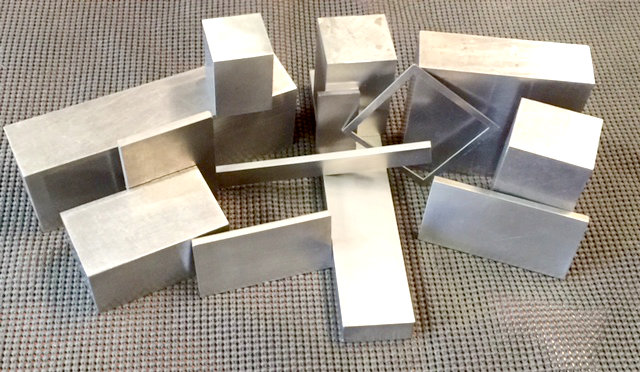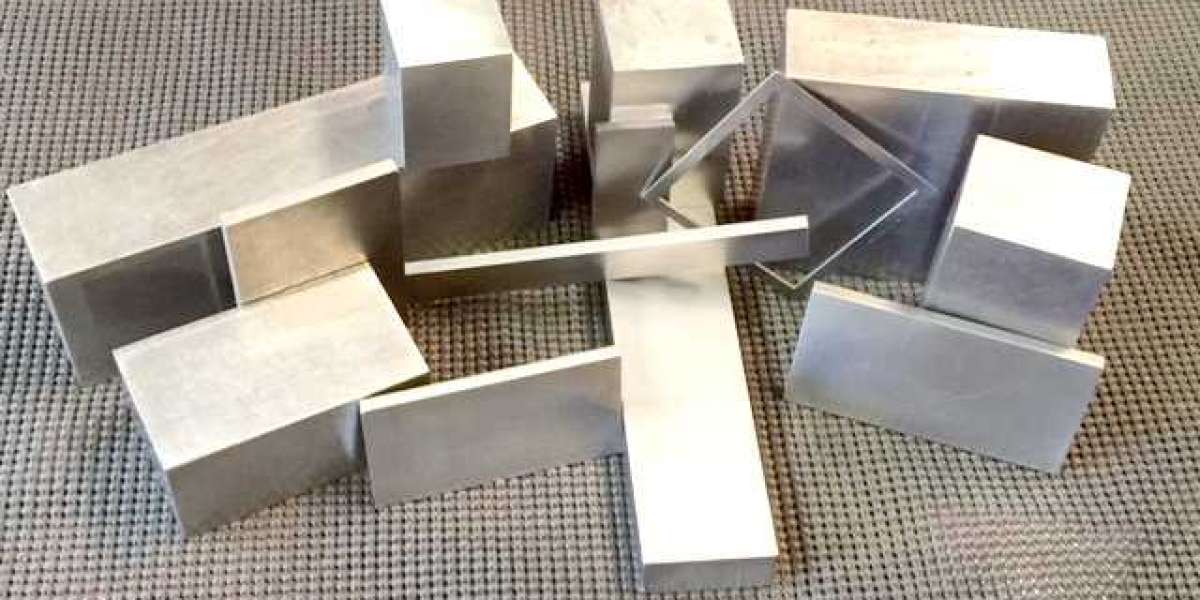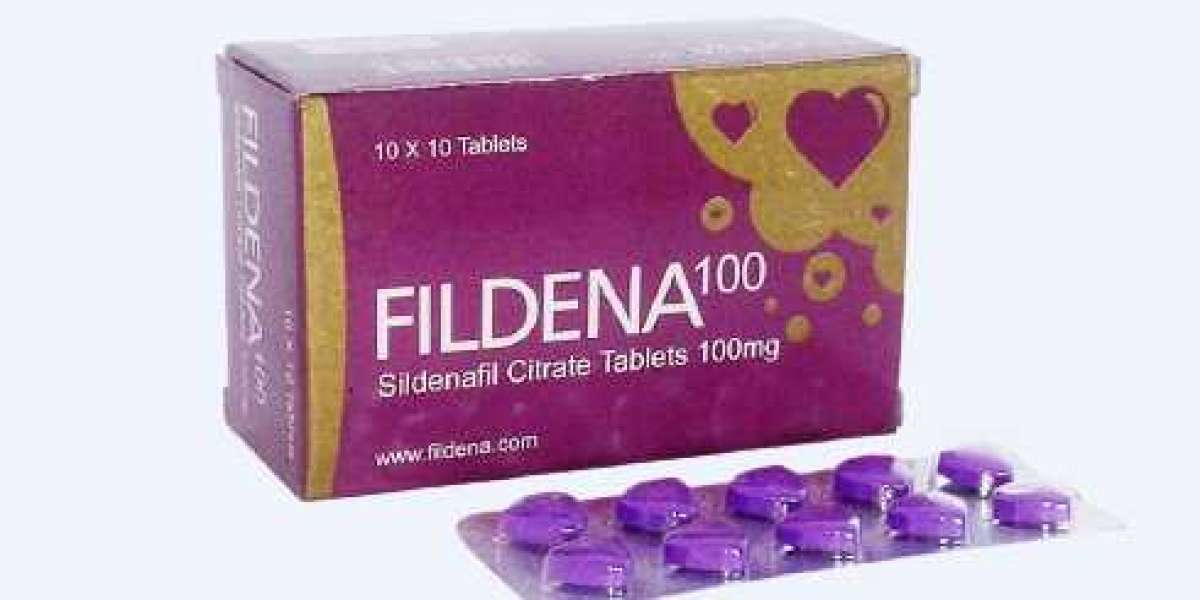Research into the deformation status of precision and complex molds, as well as the causes of deformation, in order to investigate potential methods to reduce and control the deformation of precision and complex molds, with the end goal of improving the quality of mold products and their service lives. Material selection for the mold An organization that manufactures molds made the decision to use T10A steel in order to manufacture more complex molds with widely different cross-sectional dimensions and require less deformation after quenching. This decision was made with the simplicity of material selection and heat treatment in mind. The required hardness range is between 56 and 60 HRC. The mold's hardness was increased by heat treatment, so it satisfies the technical requirements; however, the mold has suffered significant deformation and is no longer usable; as a result, the mold was discarded. After some time, the company switched to using micro-deformation steel Cr12 steel for the manufacturing process. After heat treatment, the mold's hardness and its deformation were able to satisfy the requirements.
Micro-deformation steel, such as air-quenched steel, should be utilized on as large a scale as possible during the manufacturing process of precise and complex molds that call for a lower degree of deformation. The effect of the material used to make the molds A factory ordered some zinc die casting products Cr12MoV steel so that they could make molds with a higher degree of complexity. Each of the molds has a round hole that is 60mm in diameter. As a result of the heat treatment that was applied to the molds, some of the round holes on the molds took on an oval shape, which meant that the molds had to be discarded. In general, Cr12MoV steel is a slightly deformed steel, and there should not be any significant deformation at all. After conducting metallographic analysis on molds that had been severely damaged, we discovered that the steel used to make the molds contains a significant amount of eutectic carbides, which are organized into bands and blocks.
The presence of uneven carbides in the mold steel, which are distributed in a particular direction, is the root cause of the mold ellipse. When compared to the expansion coefficient of the steel matrix, the carbides have an expansion coefficient that is approximately thirty percent lower. When heated, it prevents the inner hole of the mold from expanding, and when cooled, it prevents the inner hole of the mold from shrinking. As a result, the inner hole of the mold is deformed unevenly, and the round hole of the mold appears to be elliptical. When producing precise and complex molds, it is important to select mold steel with a smaller carbide segregation, avoid trying to save money by selecting steel with poor material produced by small steel mills, and select mold steel with a smaller carbide segregation. For die steels that have severe segregation of carbides, reasonable forging should be carried out so that carbide crystal blocks can be broken, the level of uneven distribution of carbides can be reduced, and anisotropy in the properties can be eliminated.
On the forged die steel, a heat treatment called quenching and tempering should be performed in order to obtain a fine and dispersed sorbite structure as well as uniform carbide distribution. This will help to reduce the amount of deformation that occurs in precision and complex dies after the heat treatment. In the case of molds that are either of a larger size or cannot be forged, a treatment known as solid solution double refinement can be utilized to refine the carbides, evenly distribute them, and round the edges and corners of the mold. This helps to achieve the goal of minimizing die cast parts the heat treatment's impact on the mold's structural integrity.
I believe that everyone is aware that precision molds are molds that have a high degree of precision, and that precision mold accessories are a type of accessory that is used for molds that have such a high degree of precision. It is an essential component in the manufacturing of precision molds and can function as an important instrument for collaborative problem solving. High-quality precision mold accessories can play a variety of functions and functions to escort the mold throughout the process. During the processing phase, the mold can be effectively modified and compensated through the use of a variety of accessories, and these accessories can be changed through the use of a variety of accessories.

Do you have any idea about the conditions under which precision mold parts are manufactured?The majority of the working conditions for precision mold parts are extremely harsh, and some of them frequently bear significant impact loads, which can result in brittle fracture. High levels of strength and toughness are required of the mold in order to prevent the sudden brittle fracture of mold parts while the mold is being worked on. The amount of carbon in the material, as well as its grain size and organizational state, are three primary factors that influence the tenacity of precision mold parts. Performance in high temperatures When the working temperature of the Metal Plating mold is high, the mold's hardness and strength will decrease. This will lead to early wear on the mold as well as plastic deformation and failure of the mold.
Because of this, precision mold parts need to have a high resistance to tempering in order to guarantee that the mold has a high level of hardness and strength when it is being used at temperature. The performance of fatigue fractures during the working process of precision mold parts Fatigue fractures are often caused during the working process of precision mold parts when they are subjected to the long-term action of cyclic stress. It can manifest in a number of different ways, such as bending fatigue fracture, contact fatigue fracture, tensile fatigue fracture, and small energy multiple impact fatigue fracture. The mold's performance with regard to fatigue fracture is primarily determined by its strength, toughness, and hardness, in addition to the amount of inclusions present in the material. Cold and heat fatigue resistance Some molds are in the state of repeated heating and cooling while the working process is being carried out. This causes the surface of the cavity to be subjected to tension, pressure, and stress, which in turn causes surface cracks and peeling, which in turn increases friction, which hinders plastic deformation, and which reduces dimensional accuracy, which ultimately leads to mold failure. One of the most common causes of failure in hot work dies is a combination of cold and heat fatigue. This category of precision mold parts ought to have a high resistance to the fatigue caused by cold and heat.
When choosing a machining center, it is important to take into account the dimensions of the mold in terms of both the size and the stroke of the table on the machining center. At the same time, both the method of clamping and the amount of space necessary for clamping ought to be taken into consideration. When working with large molds, it is important to take into account the substantial weight that will be placed on the workbench. Various machining centers are used to process a variety of materials and objects. Vertical mold machining centers, for example, typically work with model cavities and insert slider molds. In most cases, horizontal machining centers are used to process dynamically large models. The cost of machining centers is high because horizontal machining centers have a wider variety of processing applications than vertical machining centers do; however, horizontal machining centers are more expensive than vertical machining centers. Users are encouraged to make die cast parts decisions based on their own capabilities. Generally speaking, mold machining centers with more than three axes of linkage process molds with spatial surfaces, gantry machining centers process large molds, and high-speed machining centers with good dust-proof performance and full protection generally process electrode materials or graphite.








